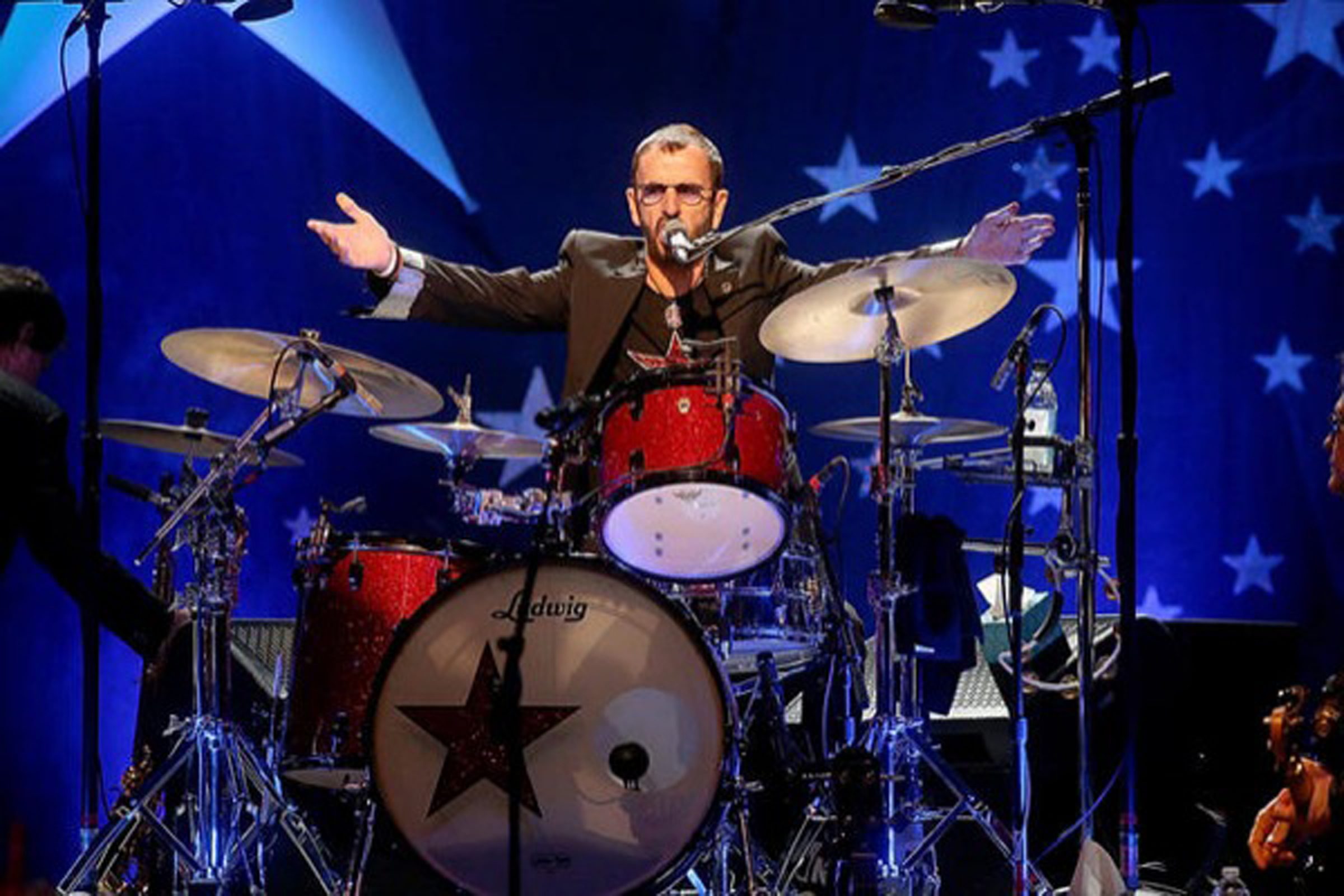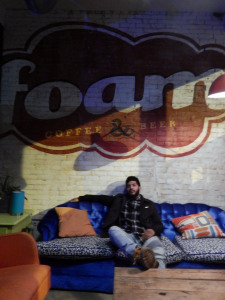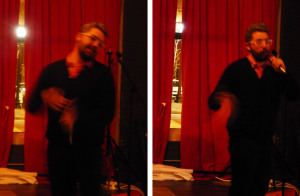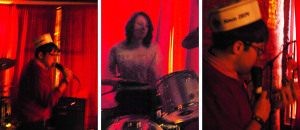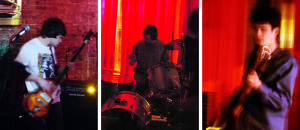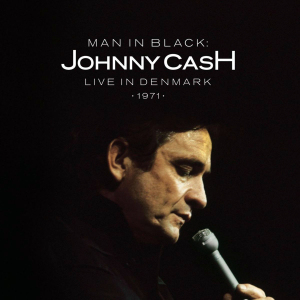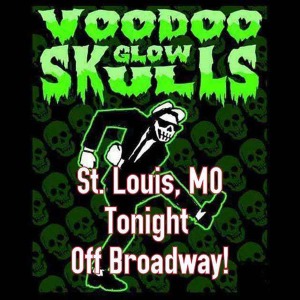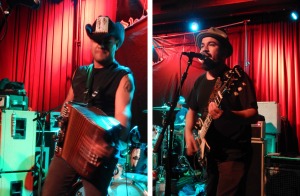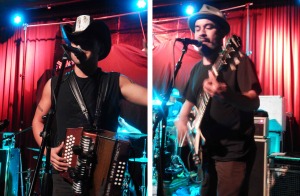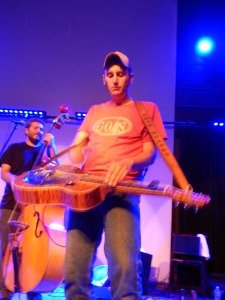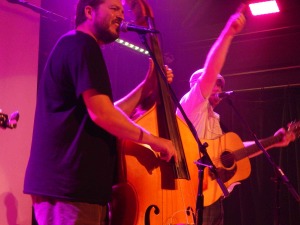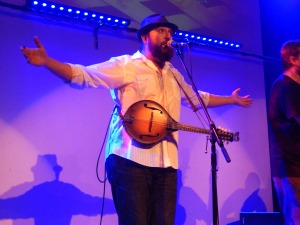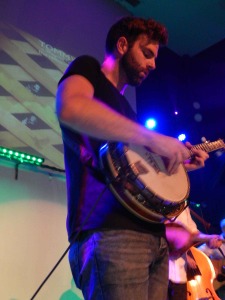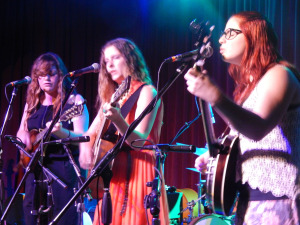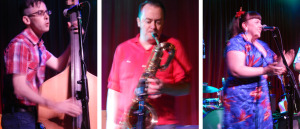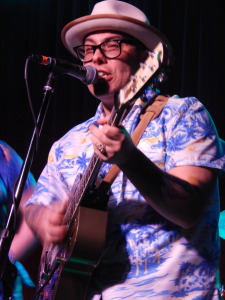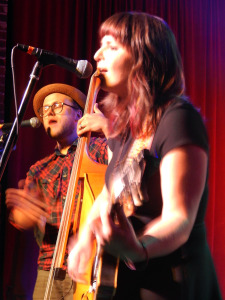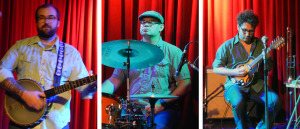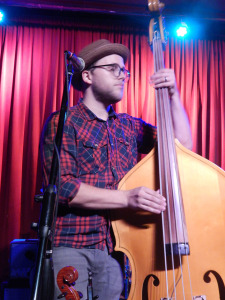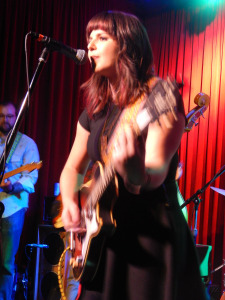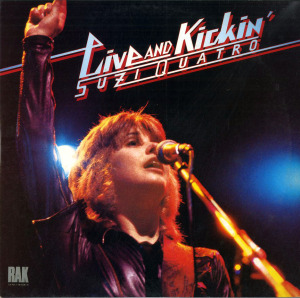(SELF-RELEASED; 2019)

If you have followed the music scene in Springfield, Missouri even casually for the past twenty years, you probably know who the Domino Kings are. Steve Newman, Les Gallier and Brian Capps are absolute stalwarts in the music community in this distinguished Ozark burgh; on every other weekend, one or more of them are probably playing somewhere (all three perform in multiple combos). And, when the legendary Lou Whitney was still alive, manning the controls at “The Studio,” the famed downtown recording site, these guys and their many associates would be in and out for music-making duties with regularity. At the turn of the millennium, the DKs released two punchy, well-received recordings – LONESOME HIGHWAY and LIFE AND 20, signed at the time to Slewfoot Records. Capps left the band after that second disc, but Newman and Gallier carried on with two more mostly decent records. Then Slewfoot went away and so did the music industry as most of us knew it. The three musicians still turned up at each other’s shows periodically, and once in a while there were even Domino Kings listings on the local calendar. But there was no particular reason to think there would be another DKs record, especially with all three original members as a focused unit. They had no label, they had widely varying schedules, and Springfield’s most famed studio went away not long after Lou Whitney’s death from cancer in 2014.

Ah, but here’s the thing that casual fans couldn’t have known. In 2011, before Whitney died, he got the boys into the studio for another go-round. Yes, the original trio. A record was made, we heard, but then… silence. The great and powerful Lou got sicker and sicker and headed for that never-ending music festival in the sky. There was a feeling that the motivation to put out the new record wasn’t really there. I know, ‘cause I tried to ask the band about it a few times. It was in the category of “shelved,” it seemed. And, whatcha gonna do if ya ain’t got no label? Happily, we finally have that answer: PUT IT OUT YOURSELVES. This self-titled fifth album is now available, and it’s a corker. If you’re a longtime fan, you’ll definitely be smiling at the rollicking sounds on this new, Whitney-produced tunefest. “A nice surprise” is a good way to sum it up.
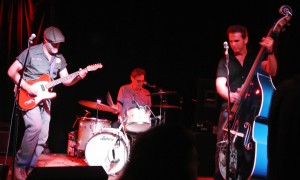
THE DOMINO KINGS is an uncommonly democratic affair: Four songs penned by each musician, plus a short group instrumental at the end. There’s a palpable atmosphere of cooperation, and a consistent groove that just won’t quit. Newman, the trio’s truly stellar guitarist, offers up absolutely RIGHT-sounding tunes such as “The Only Thing She Left” and “Nobody Knows,” tunes that won’t leave once they lodge themselves in your brain. The influence of Johnny Cash and Merle Haggard among others lurks in the background, but Newman’s songs have a casual truthfulness about the head-scratching nature of chasing love that rings clear and true. His best here is perhaps “2nd Luckiest Guy,” which is a foot-tapping, melodic number that documents the angst of having lost your gal to another, watching HIM take the prize love thang that you blew it with. The tune does this with about as much wit and musical verve as any song I’ve heard lately. I wrote in my notes that “the scenarios these guys write about are truly relatable for most of us guys.” And you have to tip your hat to the flawless arrangements of songs like this, as well as Newman’s vibrant guitar playing. At THAT, there is no fear of him coming in second. “How Does Gone Feel?” is a smidge lesser of a tune overall, but still kickin’.

I’ve always been a fan of Les Gallier’s approach to songcraft; the word “pretension” is not in his vocabulary, and he’s a tremendous hooksmith. His raucous number “Another Drunken Fool” is a gritty little hard Rockabilly tune that has an admirable toughness about it, possibly masking some real bitterness – the kind of thing listeners can ponder privately. Imagining this one coming together at the studio makes me smile. The band is having FUN here, undoubtedly. But even better are “Can’t Be Too Much Longer” and “Some Kinda Power,” easily two of this album’s best songs. The former makes plain the impatience of waiting for new love when a couple of situations ended badly, and it does so with sterling songwriting and the whole band laying down an awesome guitar-driven groove. Oh, and by the way, Gallier is a fantastic drummer; his style has been referred to as the Tulsa shuffle, but no matter what you call it, it makes an impression and always sounds like a master enjoying every minute of his work. “Some Kinda Power” is big-time Rock ‘n’ Roll in the service of pondering what it is that women do to men to make them wig out. “I can open up your tight jar/And I can fetch your little car/I can answer your every call/You can make me do it all/Cause you hold some kind of power over me… you hold the power like a freight train/Every time I lose you gain/You hold the power that stops my go/Every time you tell me NO,” the lyrics relate. The band is simply firing on all cylinders here, with superb Newman guitar work and Mister Gallier singing the living crap outta this number. Marvelous stuff.
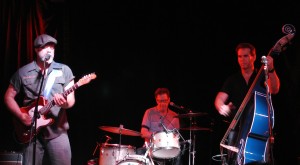
As for Brian Capps, primarily known as the band’s standup bass maestro, he has proven his chops as a solo artist, with the Kings, with the commercial stint he did for some years with “Branson on the Road,” and in his current incarnation as half of The Widowmakers (with Cliff Boone), serving up classic Country and early Rock and Roll, show after show. Capps’ vocalizing on the first two Kings’ recordings was some of the best in the genre, and gems such as “Two Nights Without Sleeping” and, especially, “Alice” were definitive examples of angst-ridden existential hard Country. That latter tune is permanently in my “Liquor-fueled rockers about pain caused by manipulative women” Hall of Fame. It is literally a perfect example of a miserable real-life scenario being turned into life-affirming bar-room sonics. Although the songs here aren’t quite as transcendent, “I Don’t Want To Forget” and “Devil’s Den” come close, with insight and self-awareness beyond the ability of most songwriters. These songs deserve to be covered widely, and “Devil’s Den,” which Capps recorded in a very different version on an early solo album, gets a just as fetching take here with the Kings crowning it musically. Awesome stuff. And it’s a delight that “Saturday Night is New Year’s Eve,” a song I’ve heard in several versions, really hits its stride with the Domino Kings doing it up proud here; the energy feels right, which wasn’t quite the case in at least one prior version.

Some songs on this album feel LIVE all the way, Gallier’s “Would You Let Me Be Your Man” being perhaps the best example, and Capps’ “I Don’t Want to Forget” close behind. There is no muss, no fuss overall. Spontaneity and pure GRIT dominate the atmosphere, and Whitney clearly was not interested in polishing anything too much in the studio. LIFE AND 20 may have been a bigger, more attentive production, but there is a raw feel to the proceedings here that serves the sound of the Domino Kings quite well. This is a fun, energetic platter. The concluding instrumental, “Thrown Clear” is a zippy little energy burst that puts the topping on the freewheelin’ atmosphere displayed throughout the recording. They can play fast, these guys, and this song shows it, although the whole album moves at a brisk tempo… no filler at all. It is worth stating clearly that Newman, Gallier and Capps are all veterans at the art of traditional, rootsy American songcraft, with the ability to construct hooky tunes in a familiar musical milieu around simple, often wryly humorous but always universal lyrics about man’s favorite pastime (which doesn’t always produce the desired romantic results). If there’s an art to pairing upbeat arrangements with sometimes sad or restless themes, these guys have mastered it. The music of this band soundtracks a simpler world: Where men chase after women, women decide whether they want to be caught or not, bars are always at least half full, and musicians gigging in the corner always know at least half the greatest Country and Rock and Roll songs ever written and are skilled at getting the patrons out on the dance floor, ready for another shot after that. This world is reassuring, timeless and full of promise and enthusiasm. Just like this kick-ass trio themselves.
(Not available in stores but you can order the Domino Kings recording by sending check or money order made out to “Domino Kings” for $10, to Domino Kings, c/o Brian Capps, PO Box 612, Lebanon, MO 65536)


